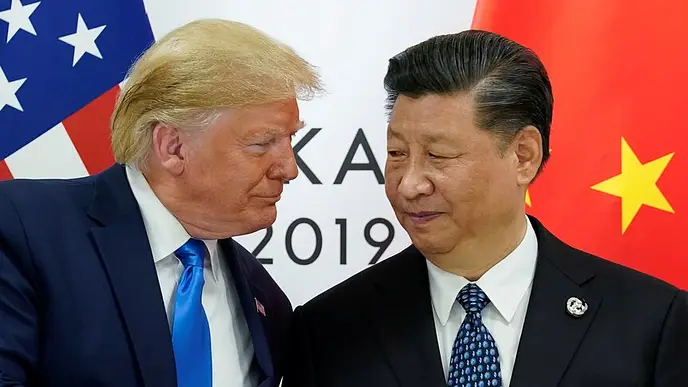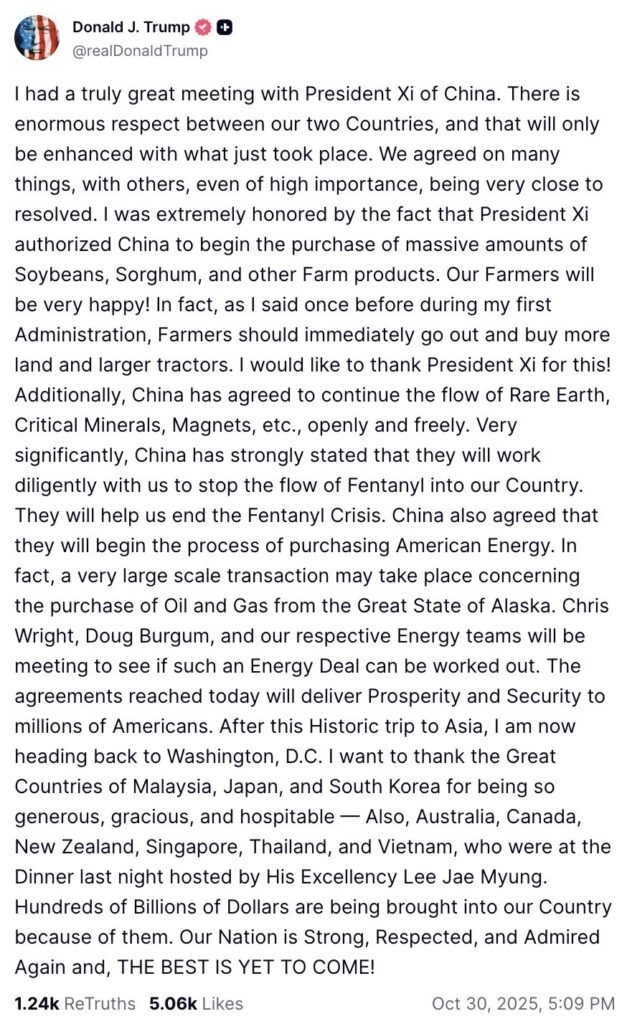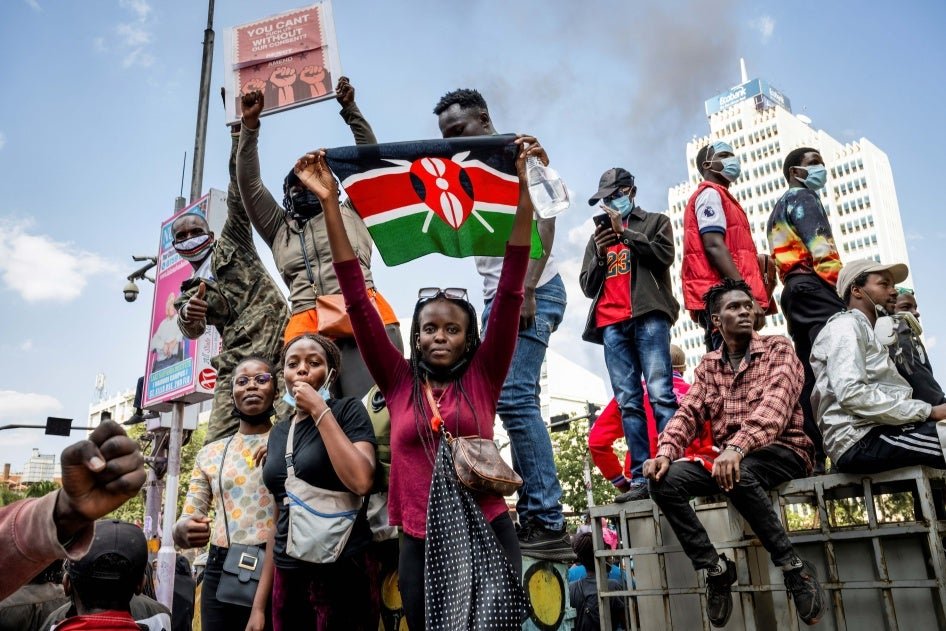In a surprise turn in the U.S.–China trade saga, President Donald Trump has reached a major agreement with Chinese leader Xi Jinping — cutting American tariffs on Chinese imports by 10% in exchange for Beijing’s pledge to intensify its crackdown on fentanyl and its chemical precursors.
The move lowers the minimum tariff on Chinese goods to 20%, offering partial relief to American consumers and industries battered by years of escalating trade tensions.
Though the announcement has been hailed as a breakthrough in restoring trade stability, analysts warn that Trump’s decision could backfire. Critics argue that Beijing has repeatedly outmanoeuvred Washington in trade negotiations, often delaying or diluting its commitments.
The Trump administration originally imposed sweeping tariffs to pressure China into curbing the export of fentanyl — a synthetic opioid responsible for tens of thousands of deaths in the U.S. each year — while rebalancing trade and securing the future of U.S. technology assets like TikTok.
Yet, despite past frustrations, Washington now concedes that China has taken “tangible steps” to restrict fentanyl precursor chemicals. U.S. border officials have reported a drop in fentanyl purity and a modest decline in seizures, which sources say encouraged Trump to offer this latest tariff relief.
Economic Relief or Political Gamble?
The deal’s timing, just months before a tense election year, underscores Trump’s desire to showcase progress on domestic crises such as drug abuse and inflation. By easing tariffs, he also hopes to relieve pressure on American farmers — a key voting bloc — who have suffered from Chinese retaliation in previous trade rounds.
However, the new arrangement may strain ties with close allies like Mexico and Canada, both of whom were also targeted under Trump’s fentanyl tariffs despite their cooperation on anti-smuggling measures.
Observers say the U.S. must now walk a delicate line: rebuilding trade with its biggest rival without undermining its strategic leverage or alienating its partners.
“This is a calculated risk,” said one Washington trade analyst. “Trump wants quick wins, but Xi plays the long game. Whether these holds will depend on enforcement.”
As both leaders celebrate the deal, the world watches for proof that the promises — on trade, security, and fentanyl — will finally translate into real results.
Can Trump’s biggest trade gamble yet deliver both political gain and policy success? Or will history repeat itself in another cycle of mistrust and tit-for-tat?
Rate, Like 👍, Comment 💬, Share this article, Follow us on our social media handles, and Submit your own story to get featured and earn rewards!







